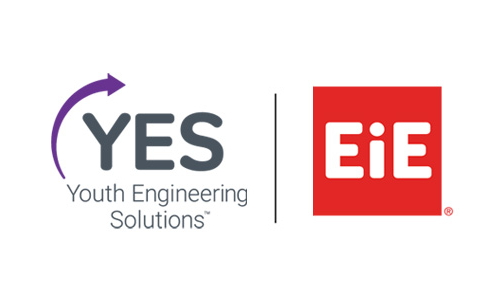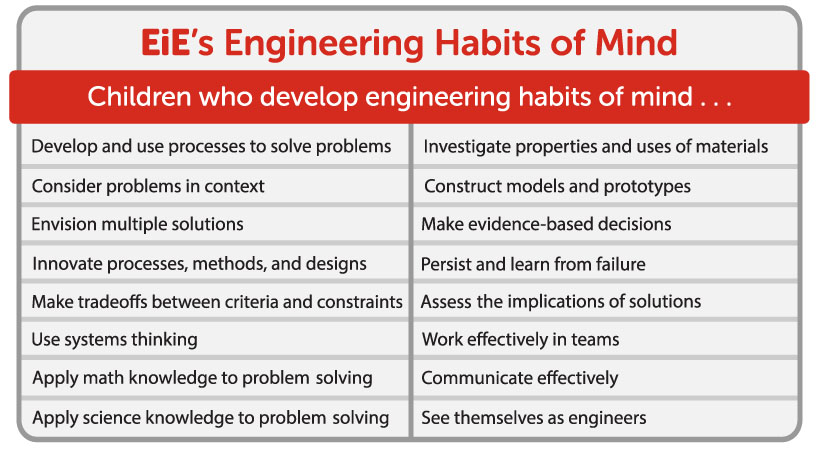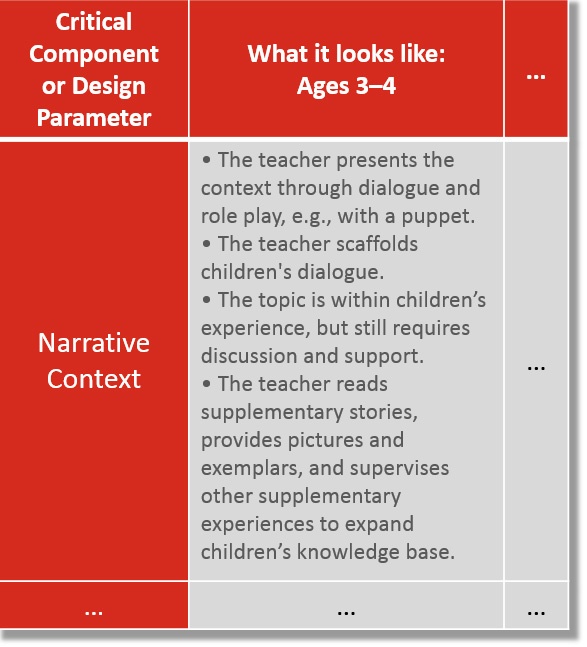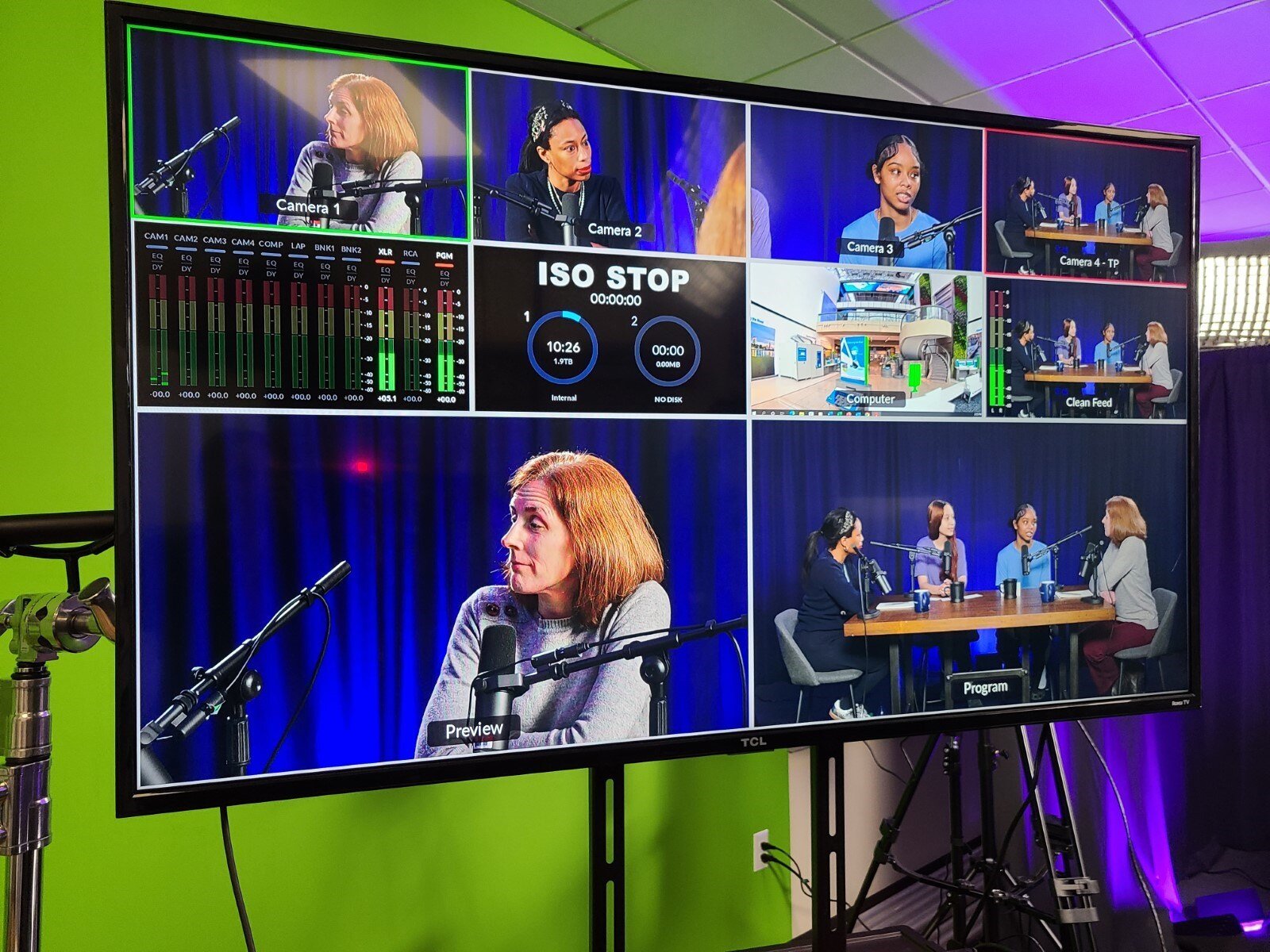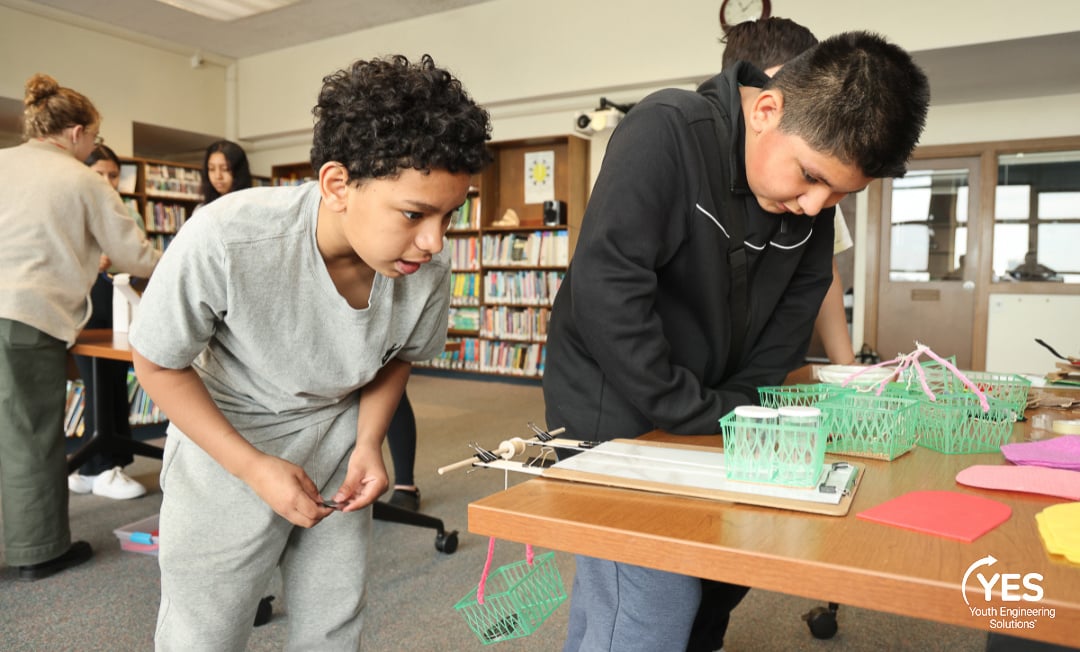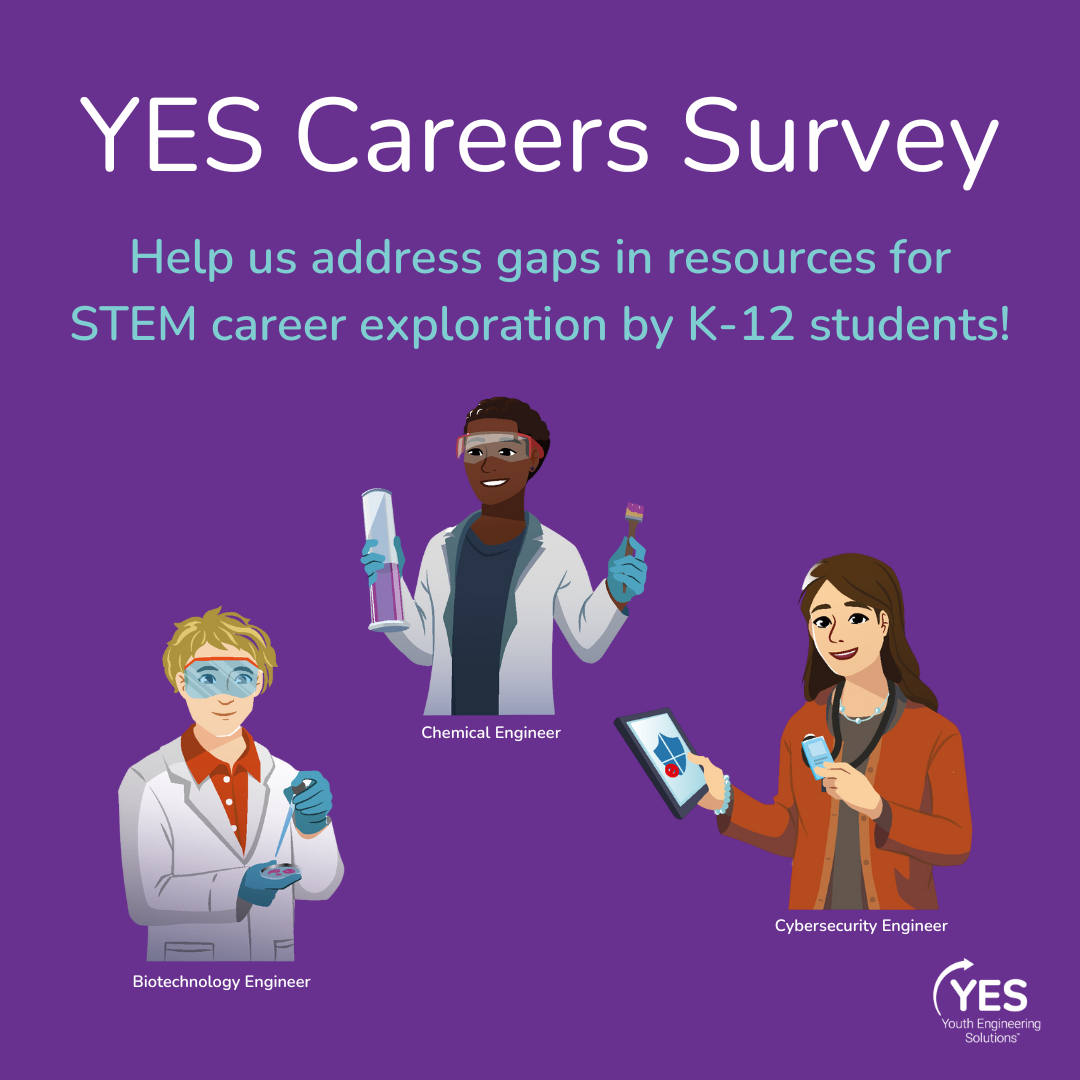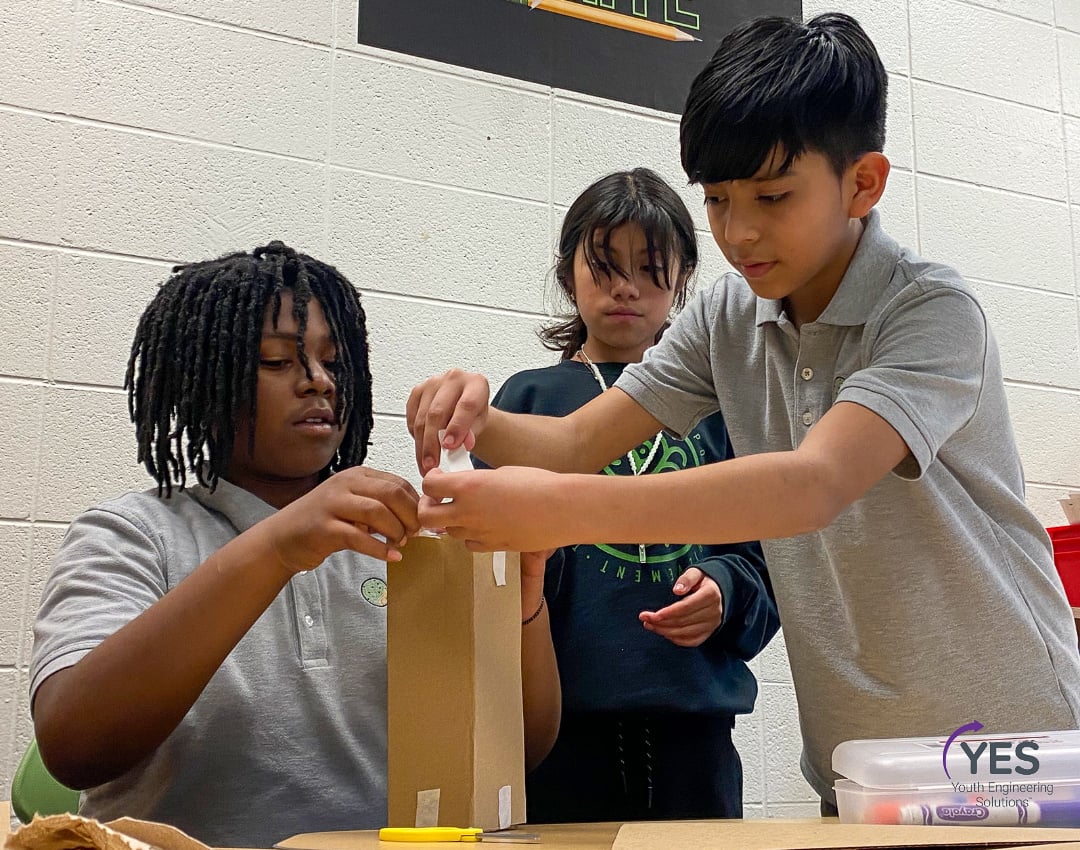We’ve told you about how EiE meets the needs of many student populations, like English Learners and students with diverse needs, but there’s one population benefitting from EiE that may surprise you: students in gifted and talented (GT) programs. This week at the National Association for Gifted Children’s 2016 conference, EiE’s Chris San Antonio-Tunis presented his preliminary research about EiE’s impact on GT populations to a standing-room-only crowd. He shared a few reasons why real teachers from around the country love using EiE in their gifted and talented classrooms.
Out-of-School time | Tuesday, October 25
For Chicago’s Diverse-Needs Students, EiE Works
Back in the 1920s, the Christopher School was built to serve students with disabilities, including many affected by polio. Today, this Chicago public school serves an unusually diverse student population. “Our mission statement is 'Teach All, Reach All, Include All,'" says Mary Meade, the school’s middle-school science coordinator. “Regular education students learn alongside students with severe and profound physical and cognitive disabilities.”
Like every teacher, Mary needs lessons that help every student learn. She also looks for lessons that relate to the real world. That’s how she discovered Engineering Everywhere (EE), EiE’s out-of-school-time curriculum for ages 10–12.
Engineering Habits of Mind | Thursday, October 20
Learning from Failure
Failure is Not an Option is the title of Gene Kranz’s autobiography. The phrase expresses how Kranz, a NASA flight director, and his team approached problems of all kinds—most notably, how to get the Apollo 13 astronauts home safely after a disastrous explosion in the service module. When I was fresh out of school and working my first job, I had a coffee cup with this slogan. The idea is common in American culture: in the workplace, in relationships, in schools.
For the Apollo mission, a no-failure mindset was exactly what the team needed to find a solution, and fast. But framing success as the only option is a problem in schools, especially in the elementary classroom—and especially if classroom instruction is focused on getting the one right answer.
EiE Research Results | Tuesday, October 18
EiE Releases Guide to Learning Trajectories for K-8 Engineering
Understanding How Kids Learn
The new learning trajectories draw on EiE’s extensive research on “how children learn engineering.” “Kids who are twelve have different skills and abilities than kids who are three,” says EiE director Christine Cunningham. “That may seem obvious, but it’s easy to overlook.”
EiE Teaching Tips | Wednesday, October 12
The EiE Customer Service Team’s Top 5 Questions
If you’ve ever called or emailed EiE, you’ve had the pleasure of speaking to our customer service team. Our customer service representatives have an encyclopedic knowledge of all aspects of EiE, from big-picture ideas about unit implementation to the minutia of magnet sizes. They’re always happy to offer a helping hand and share their infinite wisdom—and today, we’re sharing some of it with you. Here are five of the most frequently asked EiE questions, according to the people who know all the answers!
